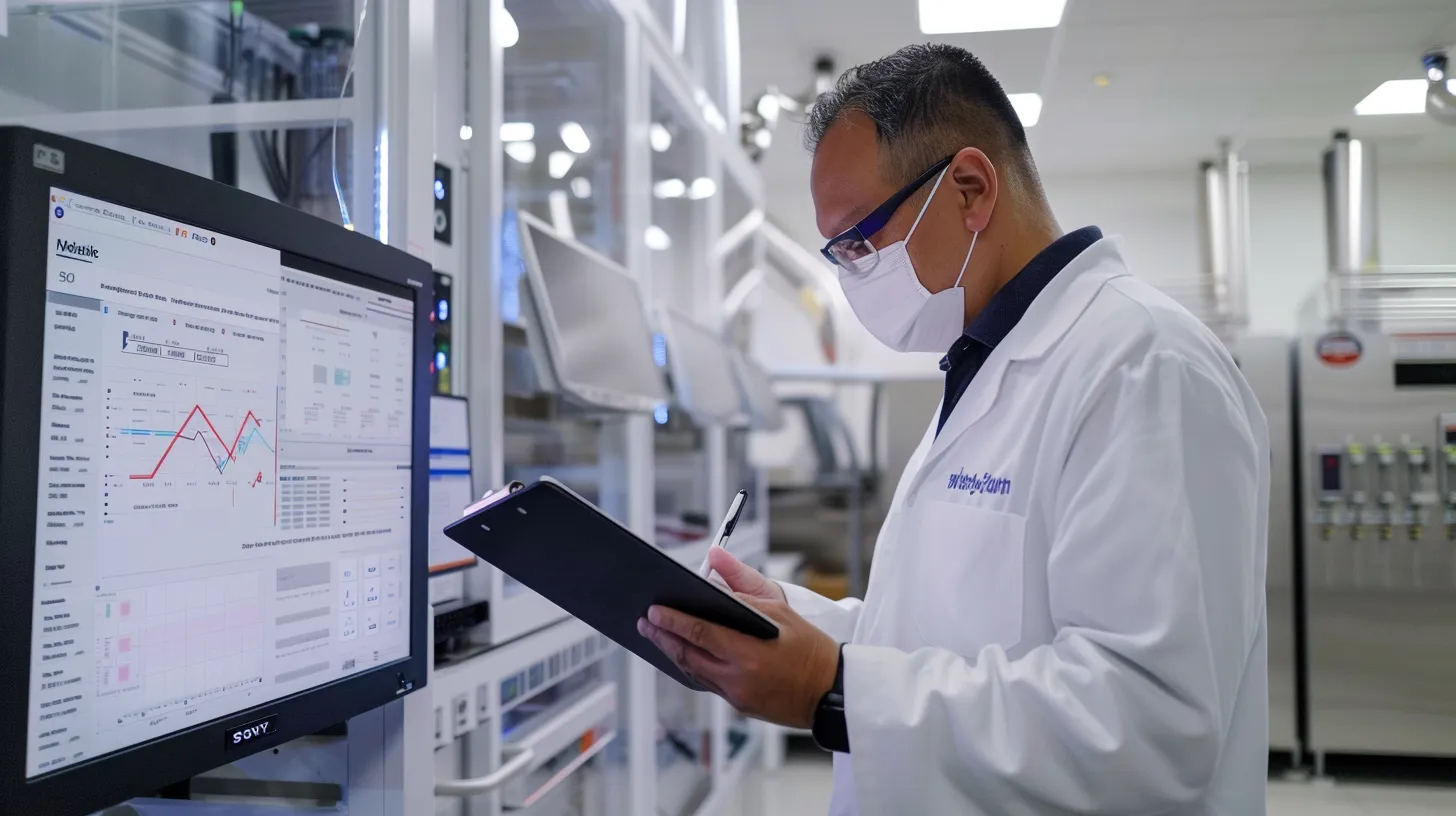
May 11, 2025
Old Buildings, New Problems: Why Aging Hospitals Need Smarter Temperature Monitoring Now
Hidden Risks in Aging Hospital Infrastructure As hospital buildings age, hidden issues begin surfacing, creating significant challenges for maintaining safe and stable environmental conditions. Facilities constructed between the 1960s and 1980s were not designed for today’s stringent hospital environmental monitoring standards, resulting in legacy HVAC systems struggling to maintain precise temperature ranges. These older infrastructures
Read More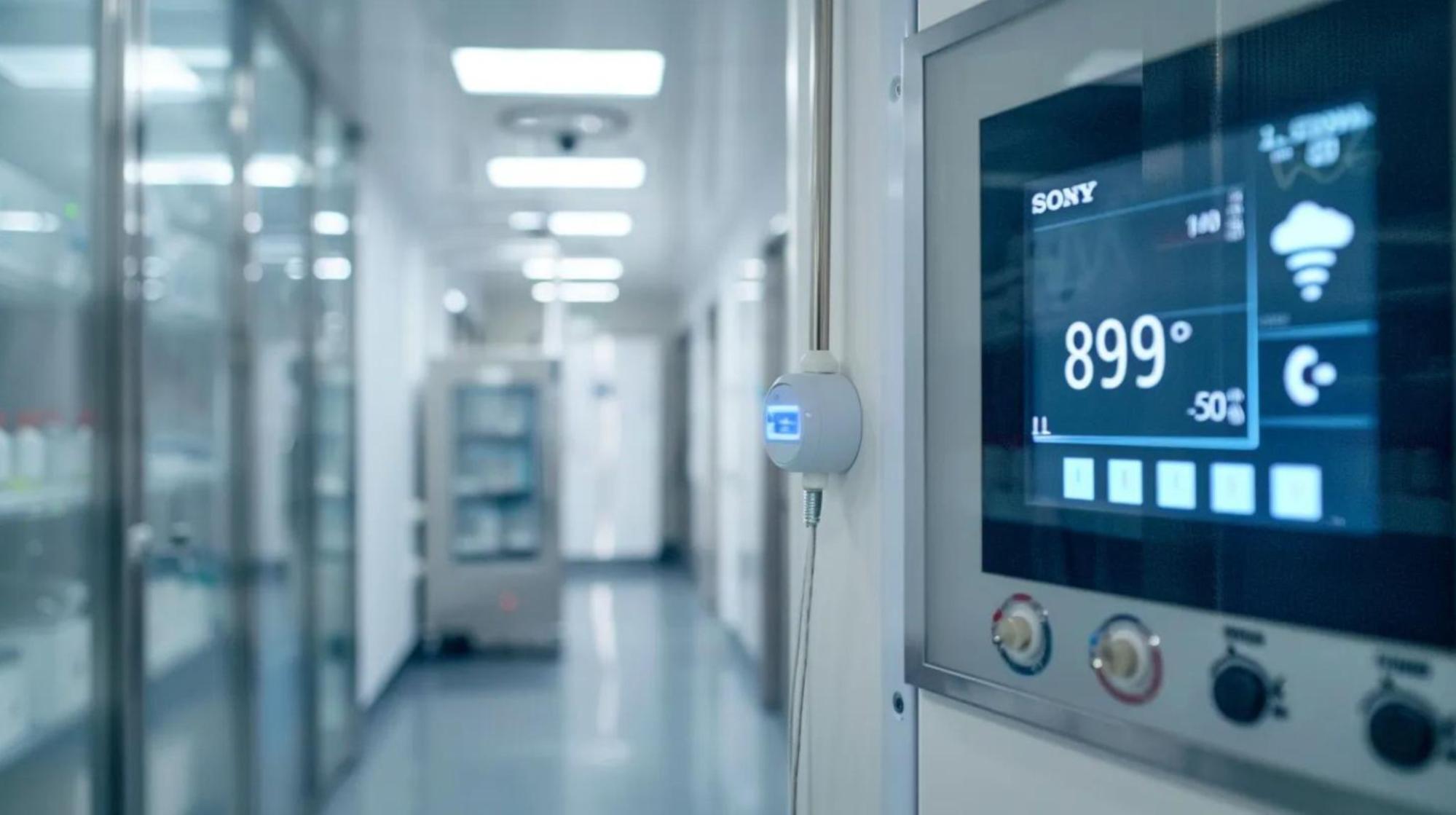
December 20, 2024
How Real-Time IoT Temperature Monitoring Benefits Healthcare Facilities: A Comprehensive Guide
In today’s healthcare landscape, maintaining precise environmental conditions is essential—not just for compliance but for saving lives. IoT temperature monitoring systems have revolutionized how healthcare facilities manage critical environments, ensuring both patient safety and regulatory adherence. This comprehensive guide explores the impact of real-time monitoring solutions on healthcare operations, from pharmaceutical storage to patient care
Read More
July 24, 2024
Wireless Temperature Monitoring: Revolutionizing Cold Chain Management
In today’s fast-paced world of logistics and healthcare, maintaining the integrity of temperature-sensitive products is more critical than ever. At SensoScientific, we’re at the forefront of this revolution, leveraging Internet of Things (IoT) technology to transform cold chain management through advanced wireless temperature monitoring solutions. The Cold Chain Challenge The cold chain is a temperature-controlled
Read More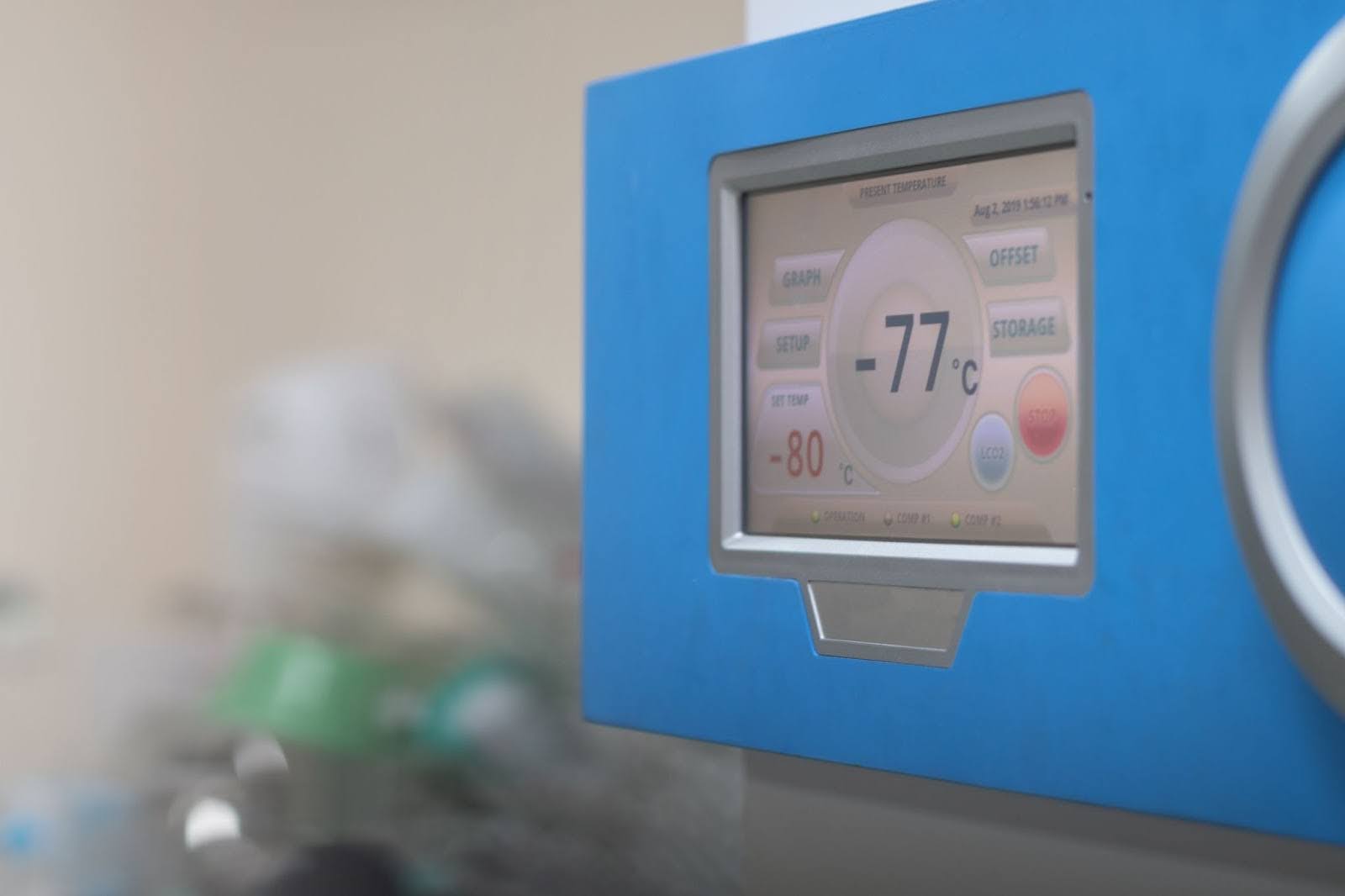
June 27, 2024
Mastering Refrigeration Monitoring Systems: A Comprehensive Guide to Understanding and Preventing Reading Fluctuations for Refrigeration Monitoring Systems
Refrigeration monitoring systems are indispensable tools for businesses that rely on precise temperature control. They offer valuable insights into energy consumption, temperature stability, and pressure levels, ensuring the quality and safety of stored products. However, fluctuations in readings can be a source of confusion and concern. In this comprehensive guide, we’ll delve into the intricacies
Read More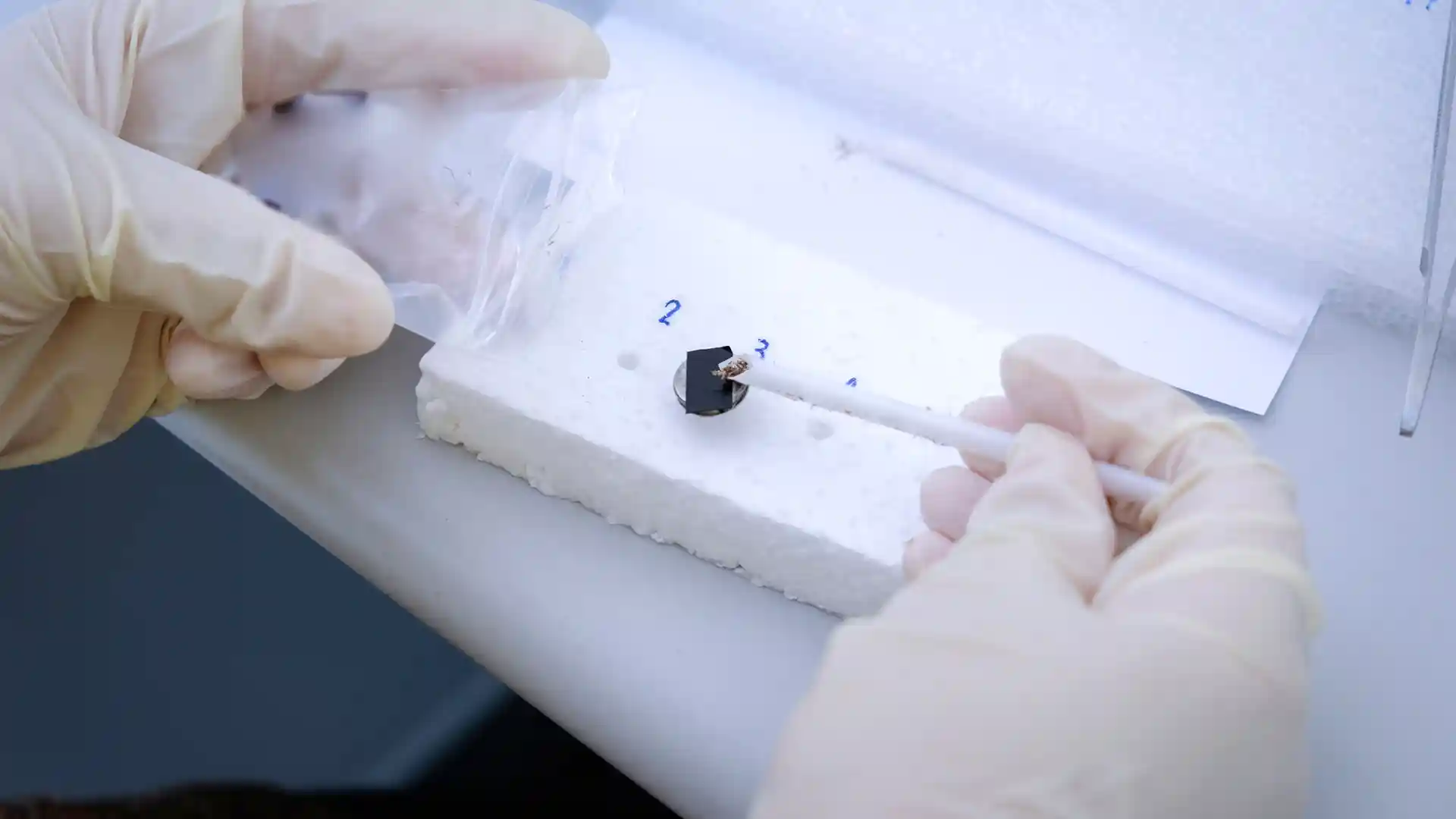
January 25, 2024
How Temperature Probes Work: A Simple Overview
What are Temperature Probes? How Temperature Probes Work: A Simple Overview Temperature probes play an indispensable role across various industries, subtly tucked into processes where precision and accuracy in measuring heat are non-negotiable. These sophisticated instruments range from simple thermocouples to complex resistance temperature detectors, each designed to offer reliable readings essential for quality control
Read More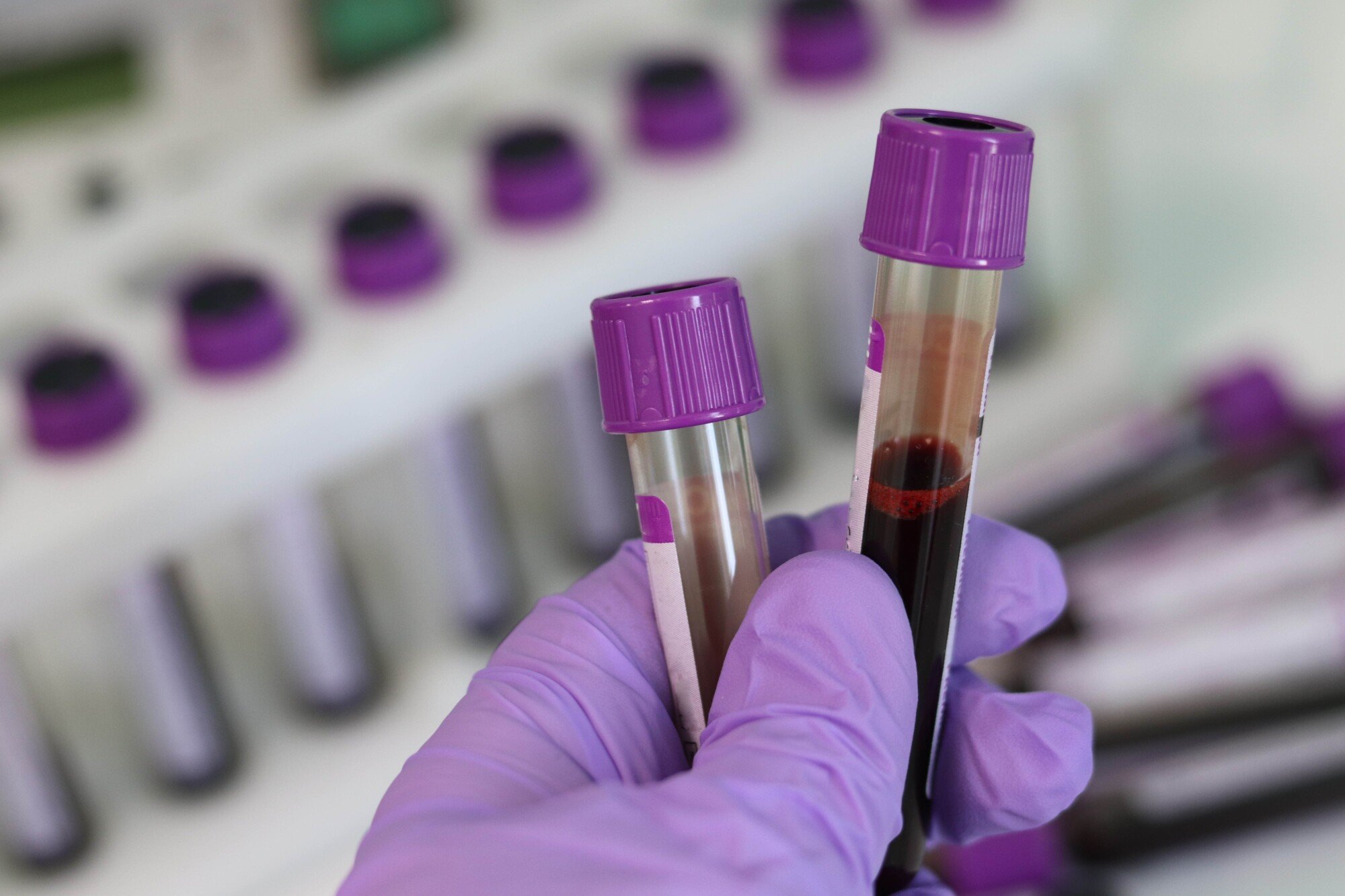
December 15, 2023
Understanding the Impact of Temperature Fluctuations on Laboratory Testing and Results
Picture this: meticulously planned experiments, state-of-the-art equipment, and top-notch researchers all focused on achieving groundbreaking discoveries. Now, what if all that work is compromised by something as seemingly inconsequential as a temperature fluctuation? You’d be stunned at the monumental role that laboratory temperature monitoring plays in the validity of your scientific endeavors. Accurate temperature control
Read More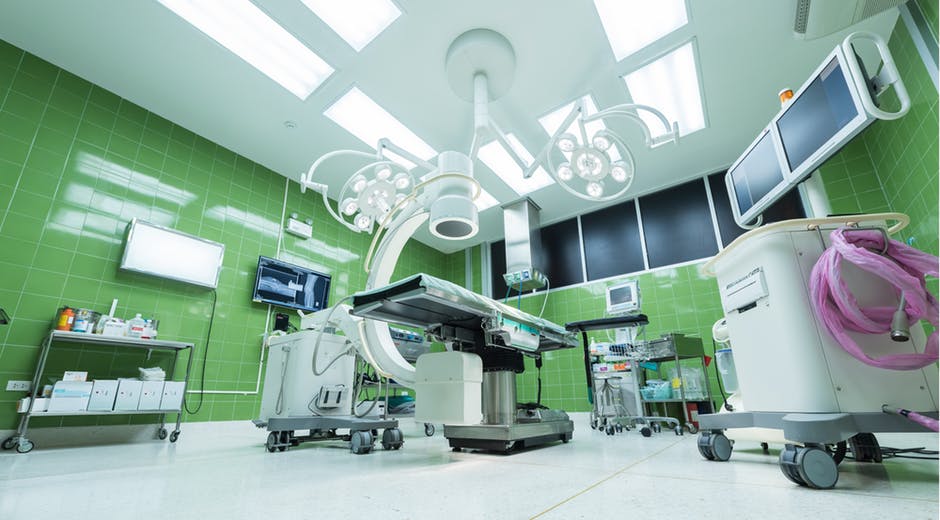
October 3, 2023
Maintaining the Optimal Temperature in Hospital Facilities
The Joint Commission recommends that your hospital maintains a temperature of 72 to 78 degrees F for sterile storage areas. In addition, you should have a maximum relative humidity of 60 percent. The temperature of your building may not be something you think about unless it’s uncomfortably cold or hot. However, maintaining the optimal temperature in your
Read More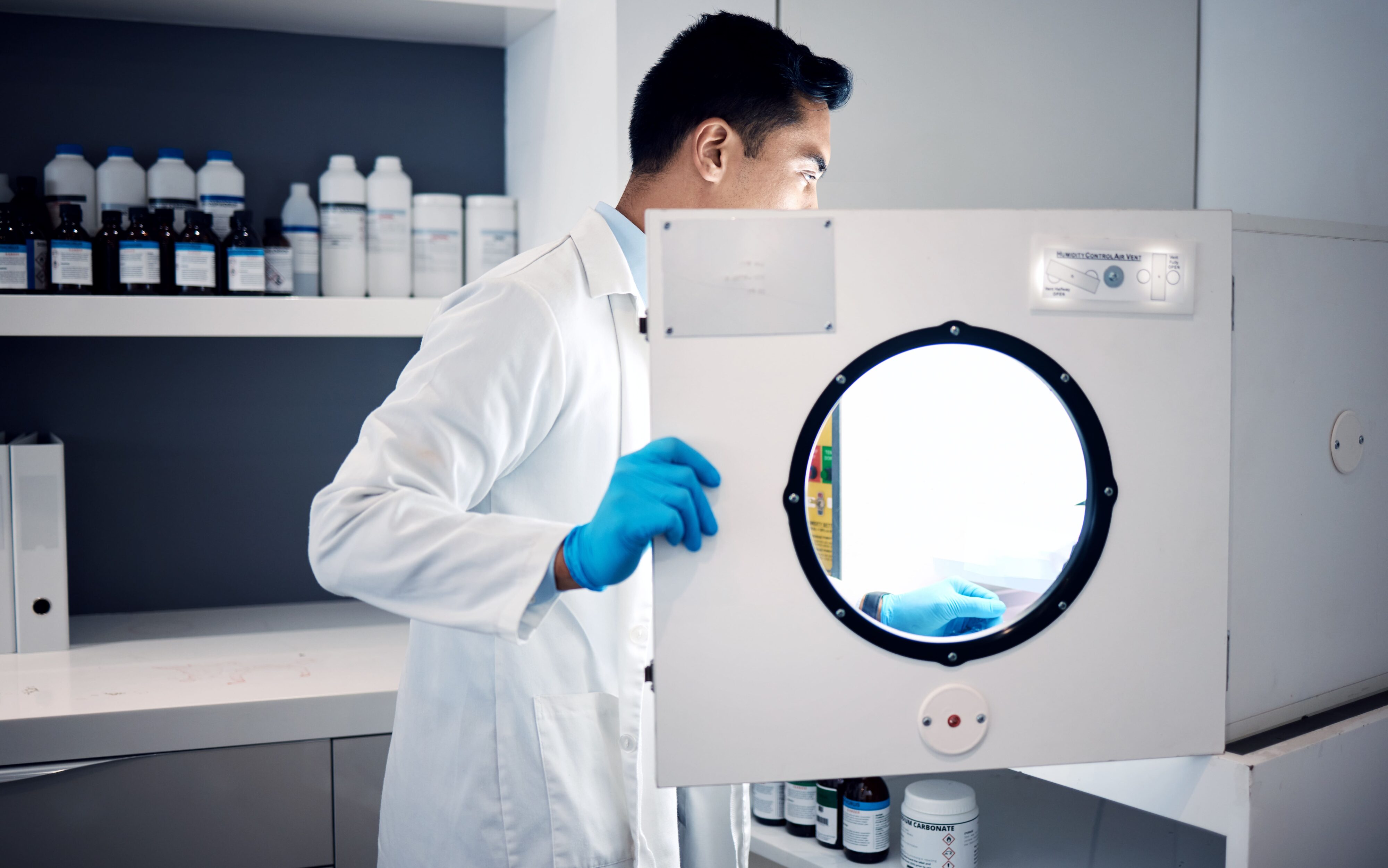
April 17, 2023
Wireless Temperature Monitoring: Everything You Need to Know
Temperature monitoring is a multi-billion-dollar industry that is a major aspect of many different businesses. These include hospitals, pharmacies, laboratories, food services, and various chemical manufacturing, to name a few. These businesses rely on accurate temperature monitoring to ensure the integrity and safety of their products. Failing to do so could endanger products and cost your business thousands of
Read More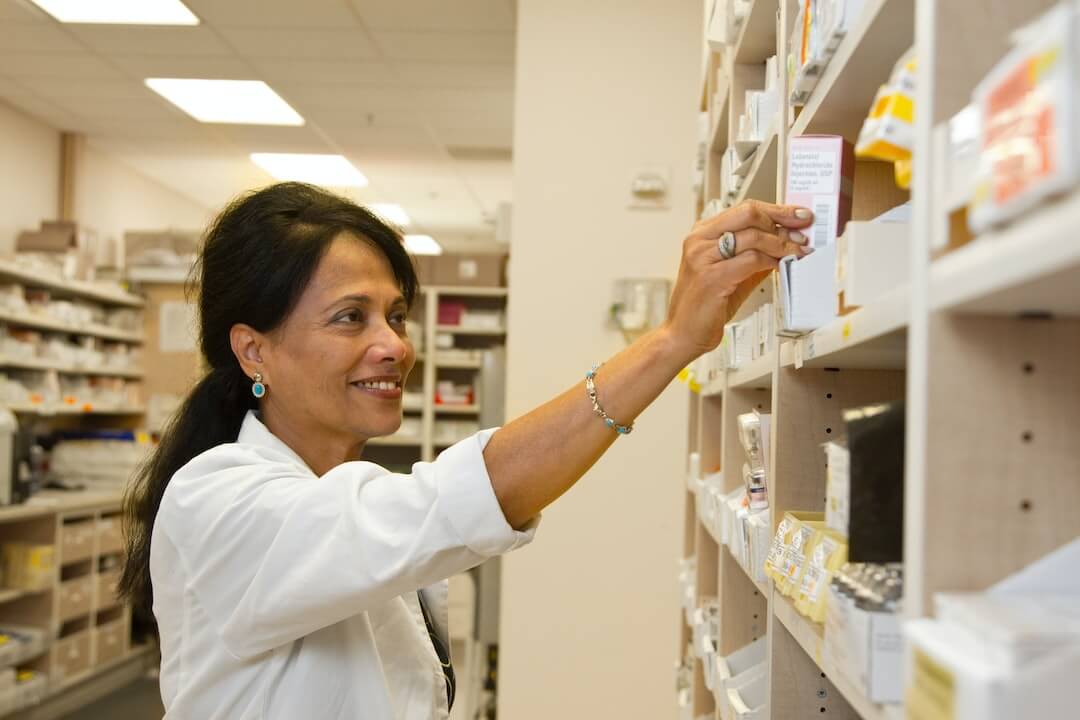
March 15, 2023
How Pharmacy Temperature Monitoring Systems Can Improve Productivity
Recent statistics reveal that the United States has 27,849 pharmacies and drug stores. Pharmacies play a pivotal role in healthcare, dispensing medications to the public. While some medication is to heal an ailment, others are a matter of life and death. Pharmacies ensure that the right person gets the right medicine when needed. They are responsible for
Read More
January 12, 2023
The Benefits of a Wireless Temperature and Humidity Monitoring System
The thermostat was invented in 1885. This was one of the first inventions that could control the temperature of the air. Since then, there have been many other innovations in this type of technology. Today, there are many options for temperature and humidity monitoring. This makes it easier to maintain very particular climates. This is important
Read More